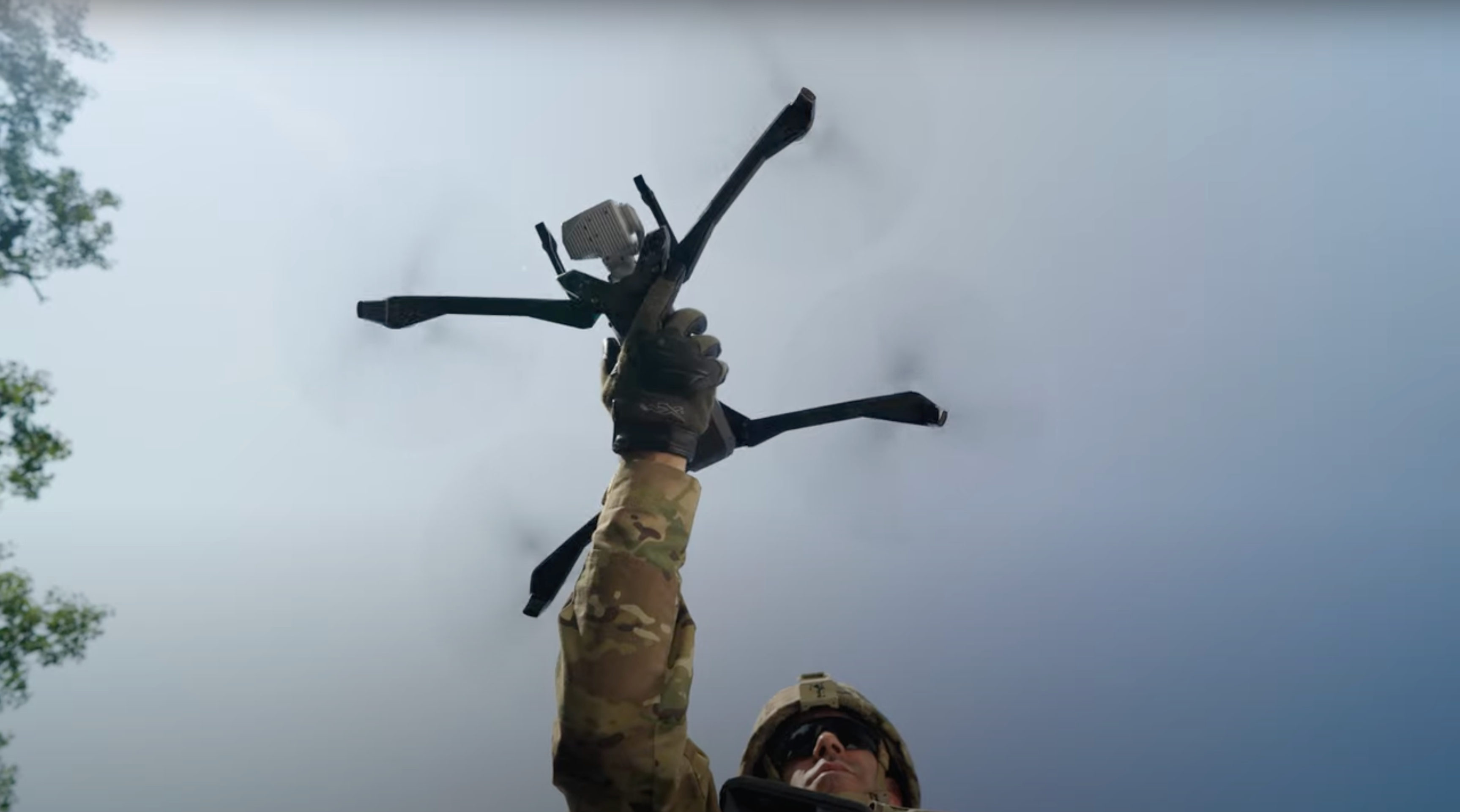
See how DFR improves outcomes

See results of a substation inspection

See the advantages you get against adversaries
Blog
- All Posts
- Skydio 2+
- Skydio For All
- Cloud
- Education
- Inspection
- Regulatory
- Announcements
- News
- Skydio 3D Scan
- Skydio X2
- Community
- Skydio X10D
- Utilities
- Skydio 2
- Skydio Dock
- Defense
- Skydio X10
- Autonomy
- Tips & Tricks
- Public Safety
- April 6, 2021
 Skydio 3D Scan Example - Sepulveda Dam
Skydio 3D Scan Example - Sepulveda Dam - March 31, 2021
 Aeronyde Swaps DJI with Skydio to Get Jobs Done 60% Faster
Aeronyde Swaps DJI with Skydio to Get Jobs Done 60% Faster - March 23, 2021
 Skydio 3D Scan Example - Mock Helicopter Crash Site
Skydio 3D Scan Example - Mock Helicopter Crash Site - March 9, 2021
 Skydio 3D Scan Example - Corsair Jet
Skydio 3D Scan Example - Corsair Jet - February 23, 2021
 3D Scan Of A Crane Mast: Safer Structure Inspections With Drones
3D Scan Of A Crane Mast: Safer Structure Inspections With Drones - February 22, 2021
 Autonomous Drones for Construction: A Case Study
Autonomous Drones for Construction: A Case Study - February 11, 2021
 Pushing the Limits of Drones with Skydio Autonomy
Pushing the Limits of Drones with Skydio Autonomy - December 16, 2020
 Announcing Skydio Autonomy Enterprise Foundation For Skydio 2 And Skydio Academy
Announcing Skydio Autonomy Enterprise Foundation For Skydio 2 And Skydio Academy - December 16, 2020
 Skydio Announces The Availability of New Enterprise Software For Skydio 2 and a new Training Program for Certified Skydio Pilots
Skydio Announces The Availability of New Enterprise Software For Skydio 2 and a new Training Program for Certified Skydio Pilots